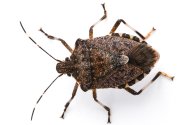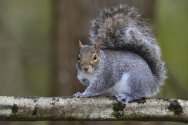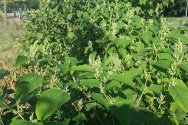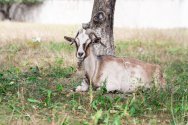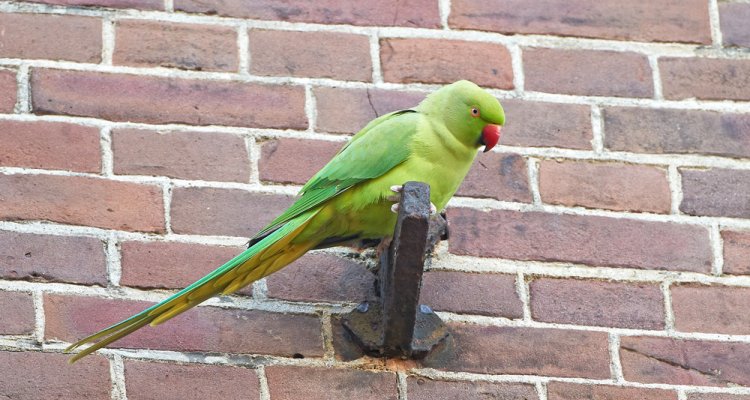
Dossier
Exotic species in the Netherlands
Exotic species, also known as alien or introduced species, are animals, plants, fungi or micro-organisms imported through human activity into an area where they do not originally occur, but where they proceed to thrive. Species which were introduced to the Netherlands before the year 1500, such as the rabbit, the pheasant and the mute swan, do not count and are considered indigenous.
Exotic species are sometimes introduced deliberately. An example is the multicoloured Asian ladybird, released in Europe 20 years ago to combat aphids. Pheasants and fallow deer were once released as hunting game. And every year hundreds of turtles and pond perch are released into Dutch watercourses when their owners have had enough of them.
But a lot of species get introduced by accident. Sometimes pets or ornamental animals escape from captivity, as did the Egyptian goose, the Pallas’s squirrel and the Italian crested newt. Marine creatures such as the Chinese mitten crab are brought in with ballast water from ships; the tiger mosquito hitches a ride on tropical plants. And since a canal was dug between the Rhine and Danube 20 years ago, fish species from the Danube watershed, such as the round goby and the money goby, have been able to reach our waters.
There is another category of newcomers that we do not count as exotic: species such as the great egret, whose habitat is shifting as a result of climate change. They are counted in the same category as the lynx, wildcat, wolf and perhaps the golden jackal: animals that settle here of their own accord.
Species monitoring through eDNA
With the help of environmental DNA (eDNA), researchers can demonstrate the presence of animal species, for example based on water samples.
Publications
-
New Political Economy Initiative Rural Economy Workshop
-
Data Underlying: Expansion Microscopy Reveals Thylakoid Organisation Alterations due to Genetic Mutations and Far-Red Light Acclimation
-
Eco-System-City: cost-benefit analysis of growing sites for urban trees in Rotterdam
-
Review of relevant food and feed safety laws governing the use of insects as animal feed or human food in Serbia and Türkiye
Wageningen: Wageningen Livestock Research (Rapport / Wageningen Livestock Research 1541) -
Policy Coherence for Development in the EU’s Multidimensional Toolbox Against Deforestation: Unilateral, Bilateral and Multilateral Efforts
In: European Yearbook of International Economic Law - Springer -
Werking ammoniumsulfaat uit meststripper op grasland en mais
-
Workshop to develop guidelines on how to approach the ecological, economic and social trade-offs between offshore renewable energy developments (wind farms) and fisheries (WKWIND)
ICES (ICES Scientific Reports 8) -
Als een aal bij de staart
-
Mental model analysis and beaver conservation in England
Wageningen University. Promotor(en): Edward Huijbens, co-promotor(en): Maarten Jacobs, Kasper Kok - Wageningen: Wageningen University - ISBN: 9789465104447 -
Exploring ammonium conversion at bioanodes of microbial electrolysis cells
Wageningen University. Promotor(en): A. ter Heijne, co-promotor(en): C.J.N. Buisman, D. Liu - Wageningen: Wageningen University

